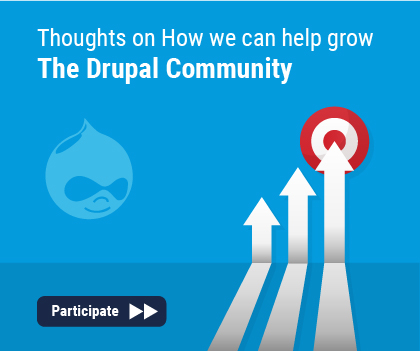The Power of Multilingual Content Management Systems
Digital content shapes a business's online presence, encompassing text, images, videos, and multimedia elements. However, managing this content can be daunting for those without programming skills or access to tech-savvy professionals.
Enter the Content Management System (CMS), a vital tool that empowers users to create, edit, organize, and publish digital content on websites without coding. CMSs have become the cornerstone of many business's online strategies.
A Content Management System (CMS) is specialized software designed to simplify creating, managing, and updating digital content on websites. These systems, equipped with intuitive editors reminiscent of word processing tools, cater to users regardless of technical expertise.
CMSs also offer various user roles, from administrators to content editors, with appropriate permissions. Moreover, most CMSs support plugins, extending their functionalities to meet diverse user needs.
In response to the surge in mobile apps and single-page applications (SPAs), many CMSs have transitioned to a 'headless' approach, focusing solely on content management and employing APIs to deliver content across different platforms.
Zoran Luledzija's insights from his August 31, 2023 article, "Multilingual CMS: Digital content for a global audience" on Localizely shed light on the significance of Multilingual Content Management Systems (CMSs) for global digital content management.
Diving into Multilingual CMSs, these specialized tools excel at handling content in multiple languages. They offer crucial features such as language flexibility, website structure preservation, language-specific customizations, SEO adaptability, and seamless integration with translation platforms.
The advantages of adopting a multilingual CMS are manifold, including broader market reach, enriched user experiences, competitive edge, improved SEO rankings, and increased conversions.
Several prominent content management systems, such as WordPress, Joomla, Drupal, and TYPO3, stand out for their excellence in multilingual content management. These platforms, each with unique strengths and dedicated user communities, offer flexible solutions for businesses targeting global audiences.
Efficiently managing multilingual content entails structured localization messages, gradual complexity scaling, automation for repetitive tasks, and integration of dedicated localization tools. To ease the intricacies of managing content in multiple languages, tools like Localizely come to the rescue. They streamline localization processes and enhance collaboration with translation teams.
Read more on the content here.
Disclaimer: The opinions expressed in this story do not necessarily represent that of TheDropTimes. We regularly share third-party blog posts that feature Drupal in good faith. TDT recommends Reader's discretion while consuming such content, as the veracity/authenticity of the story depends on the blogger and their motives.
Note: The vision of this web portal is to help promote news and stories around the Drupal community and promote and celebrate the people and organizations in the community. We strive to create and distribute our content based on these content policy. If you see any omission/variation on this please let us know in the comments below and we will try to address the issue as best we can.




















